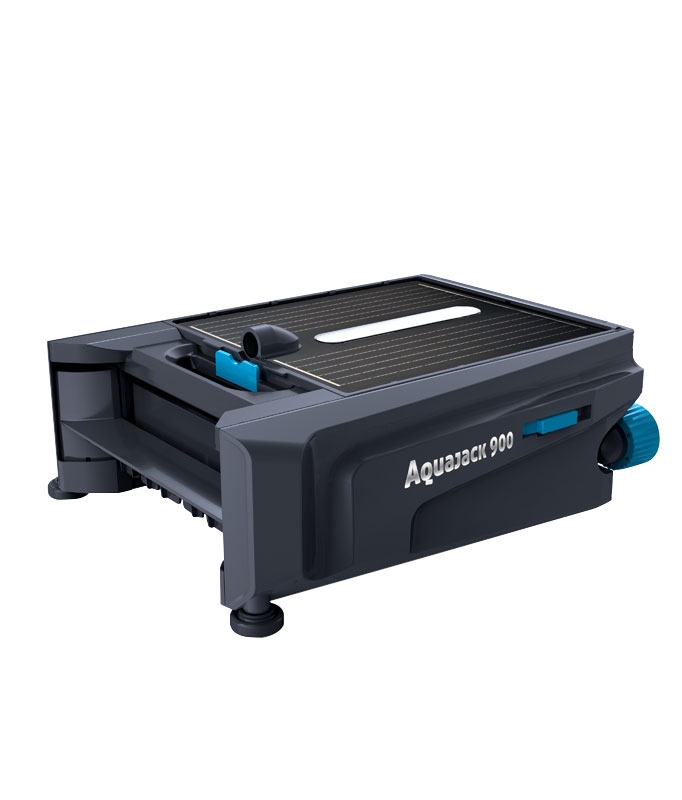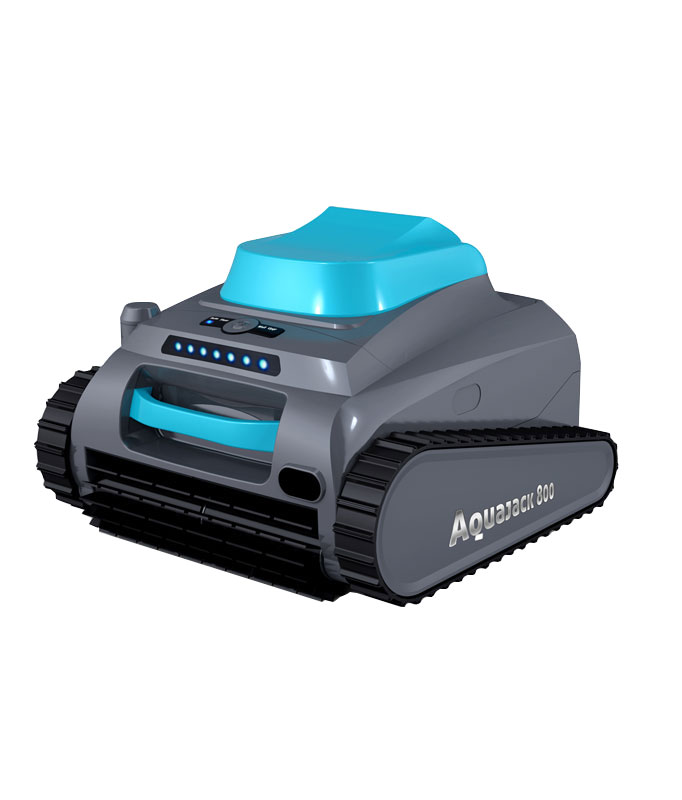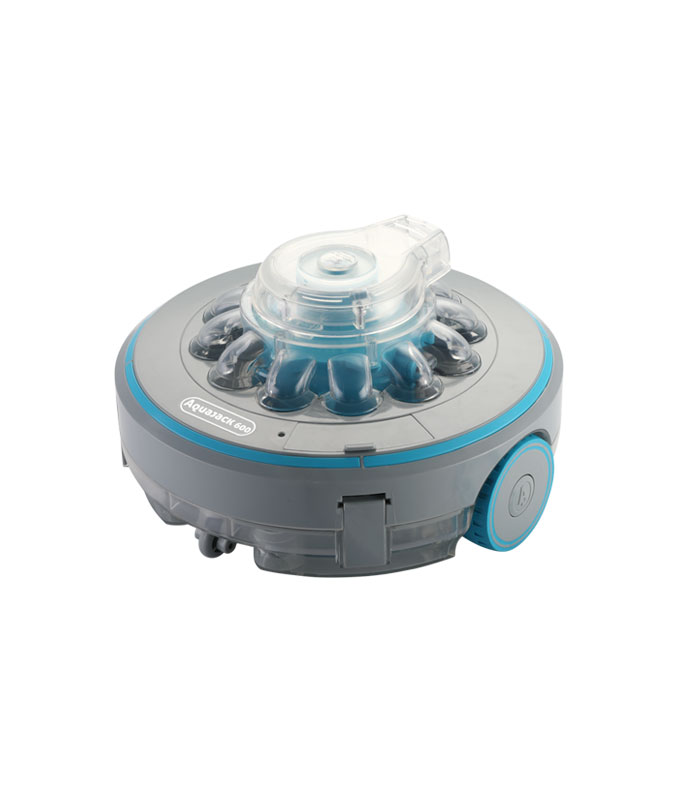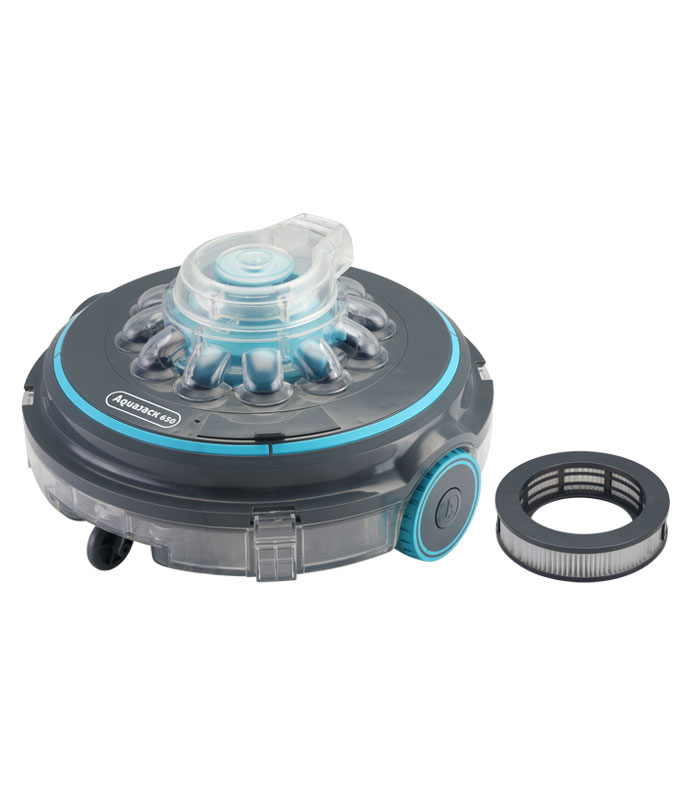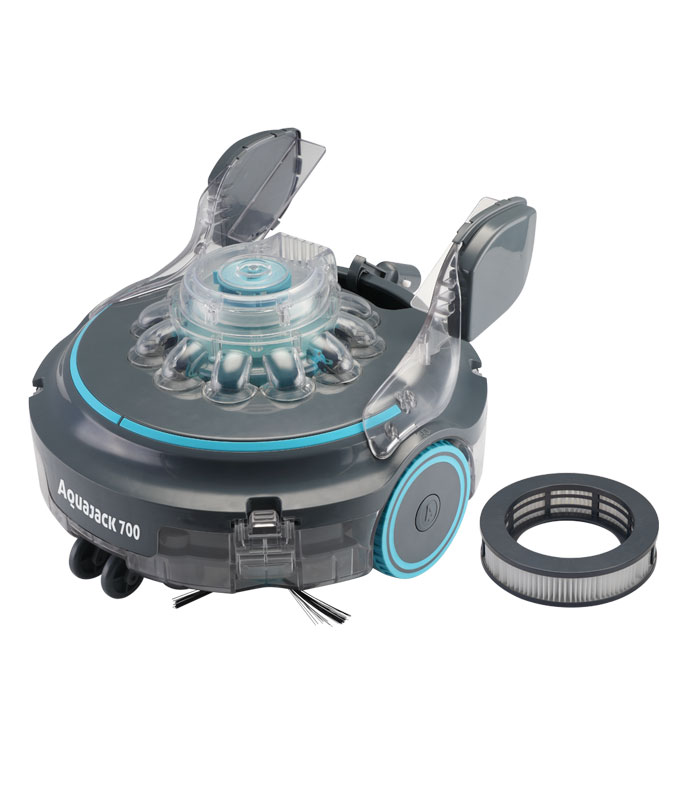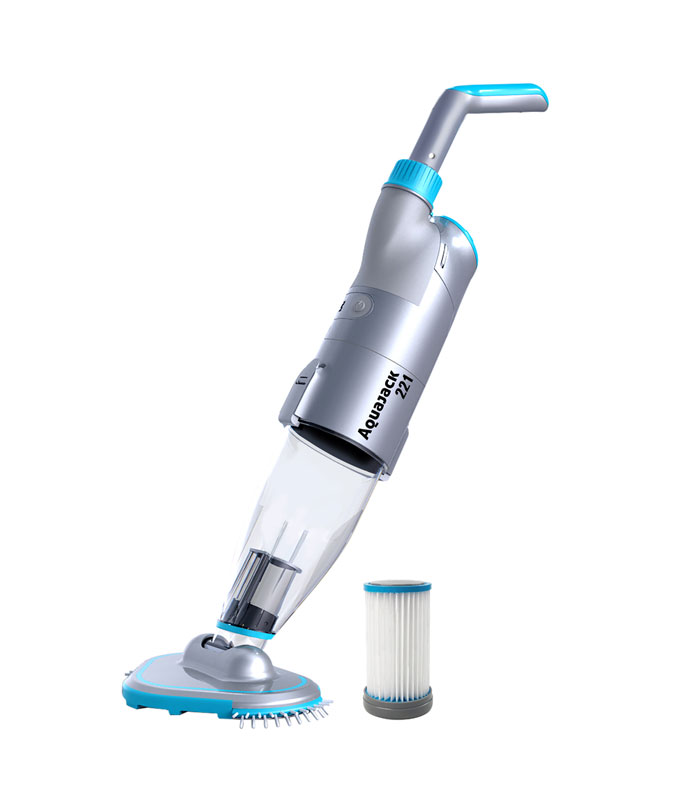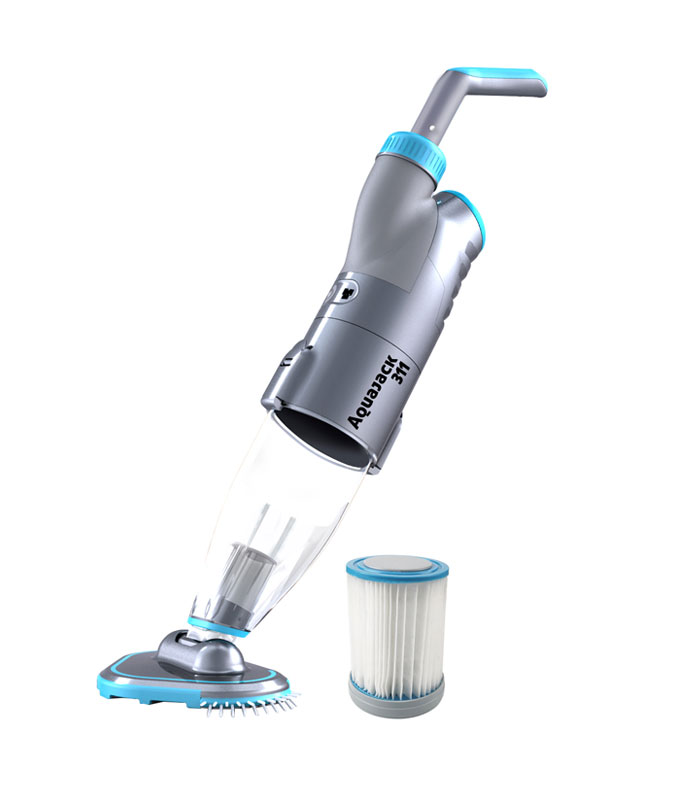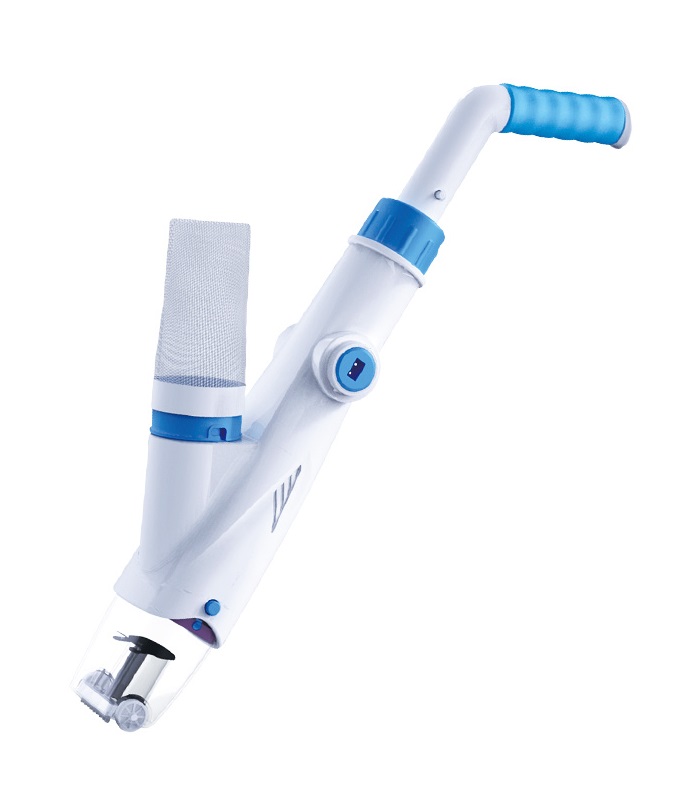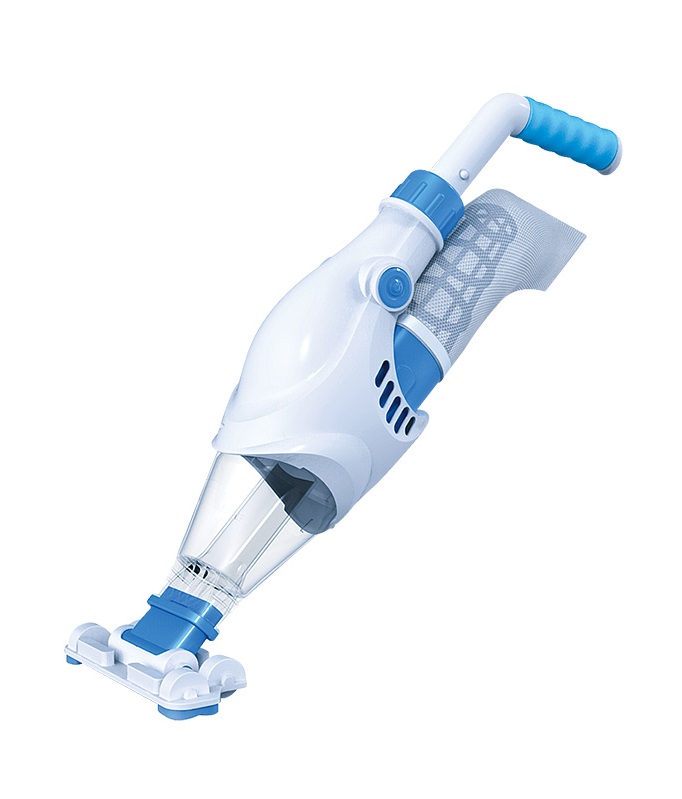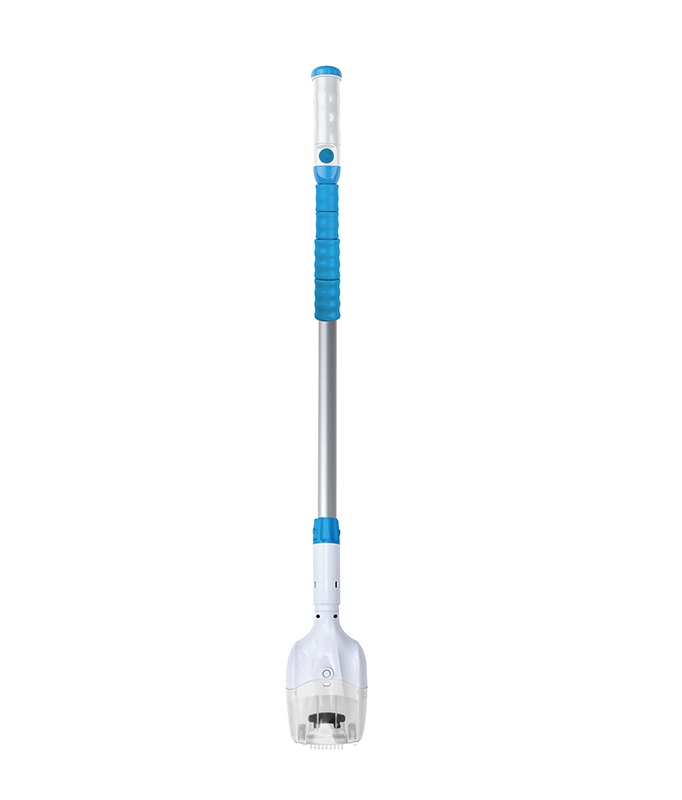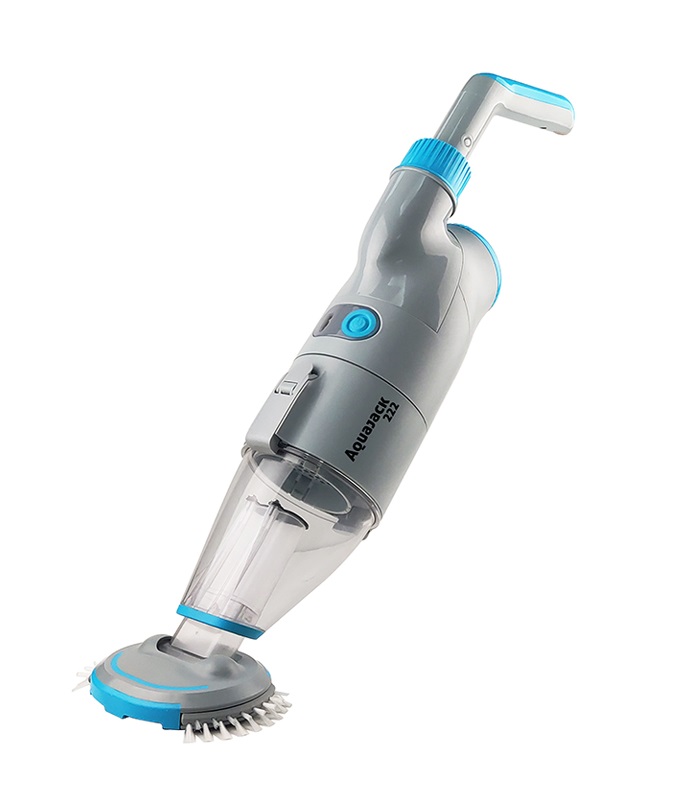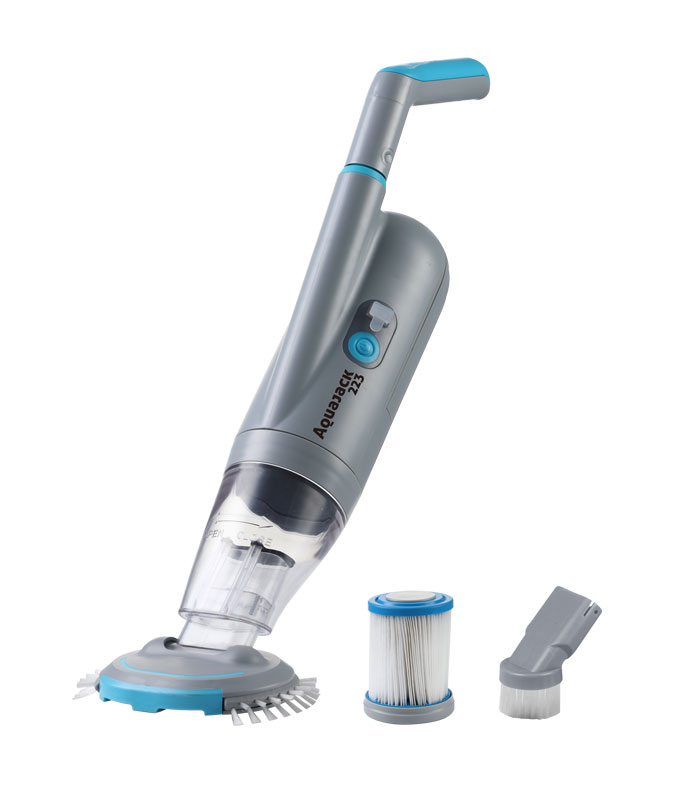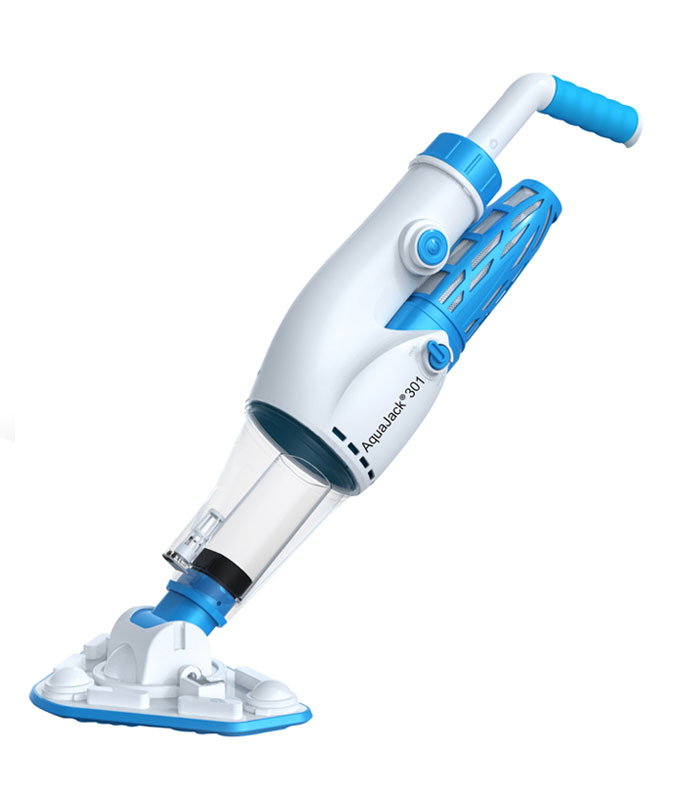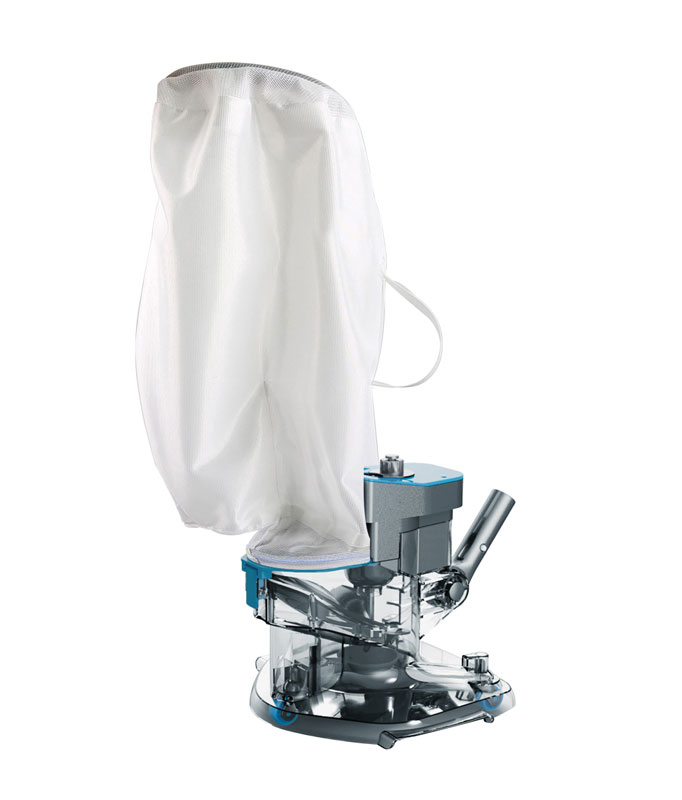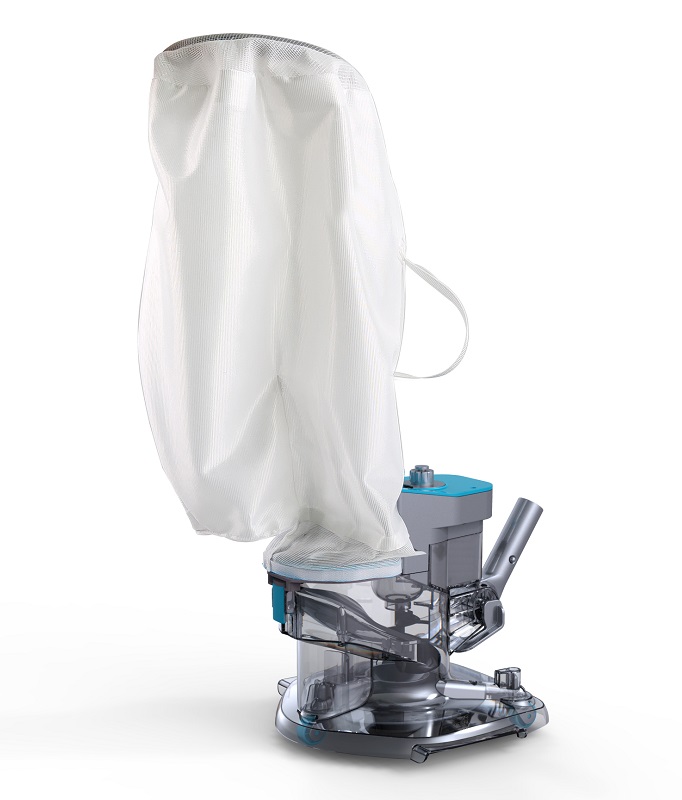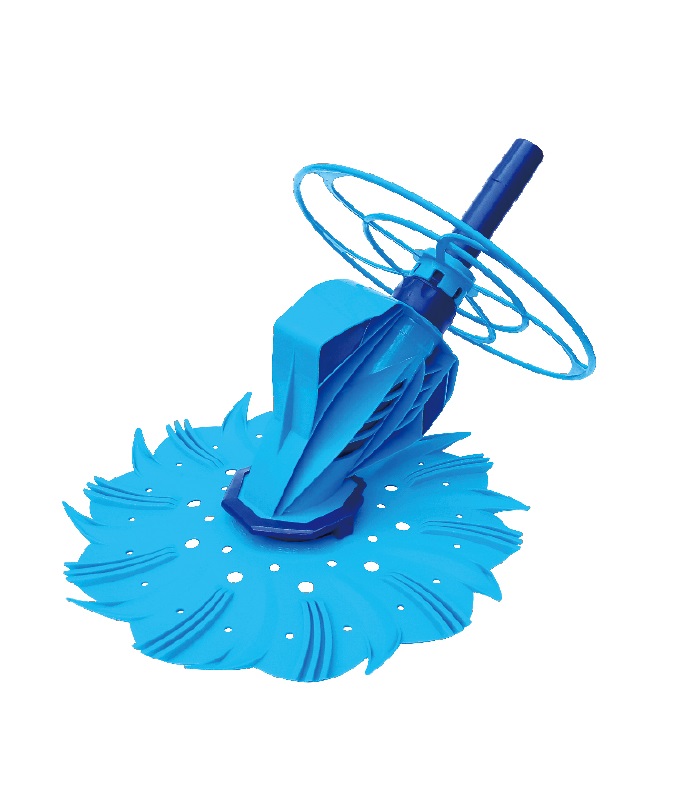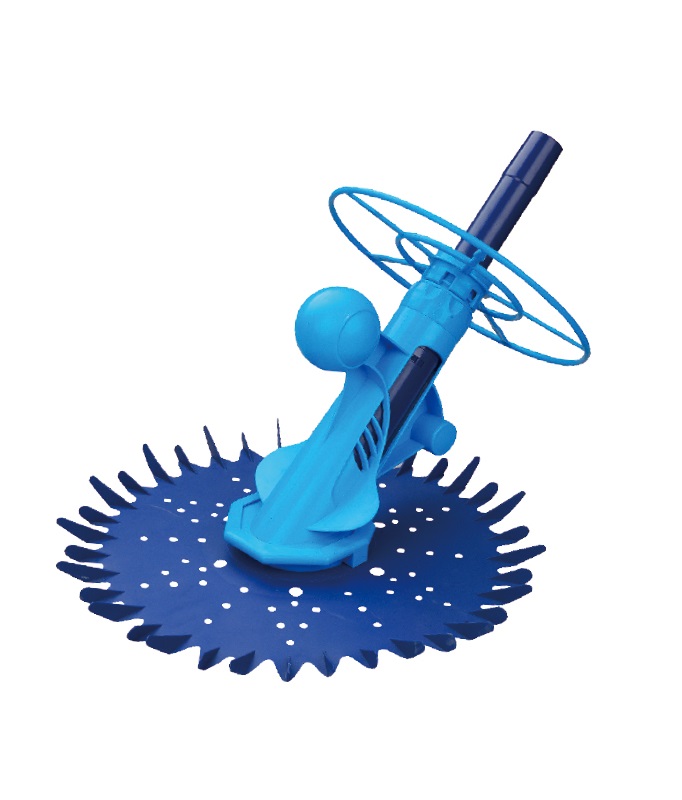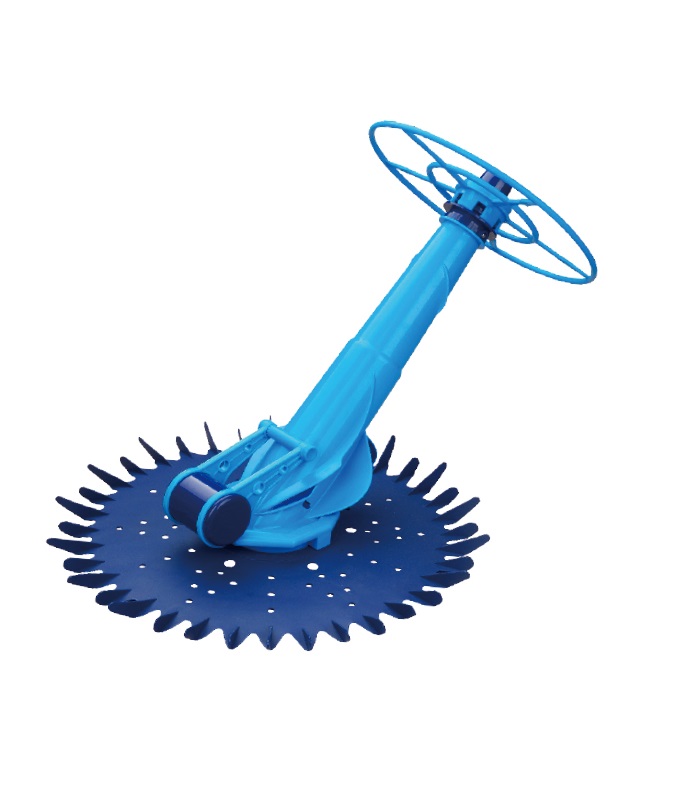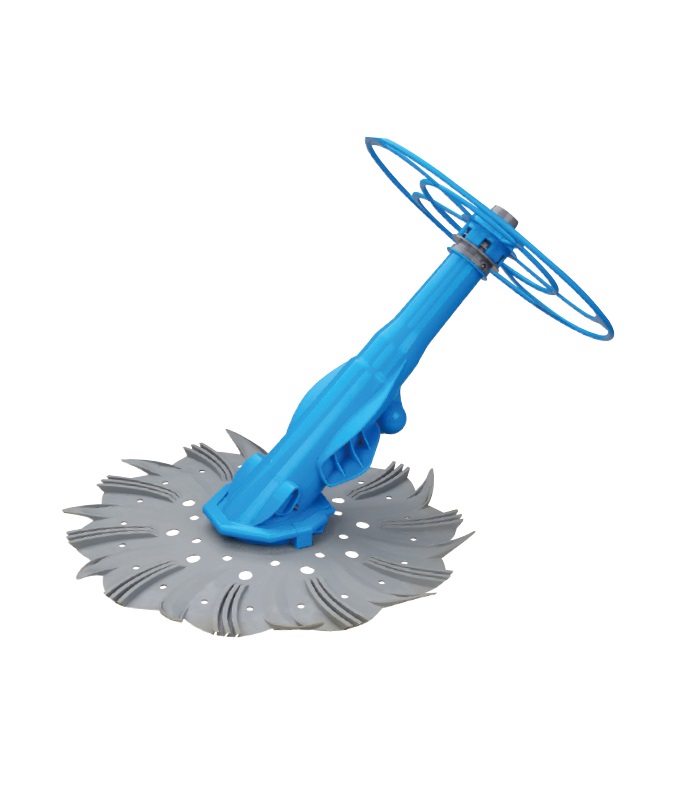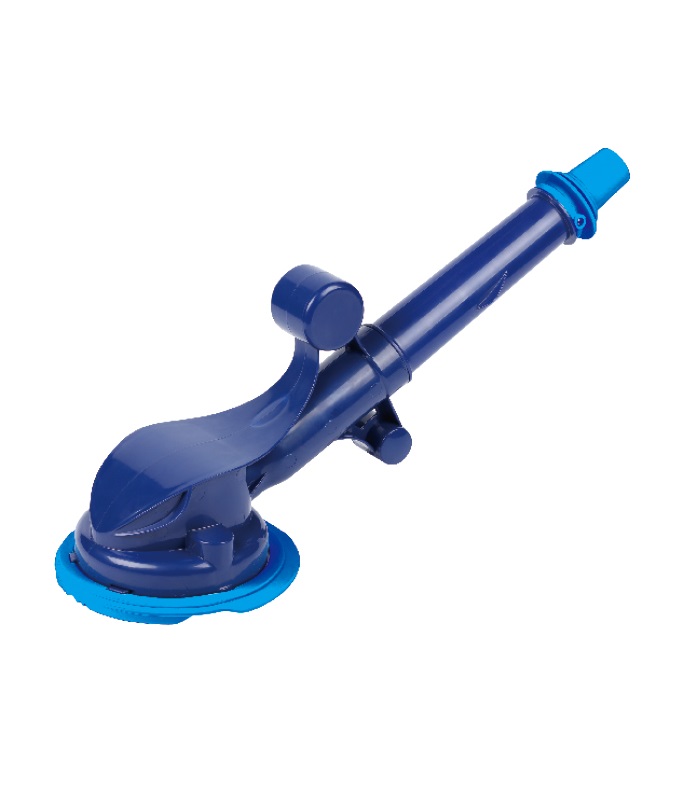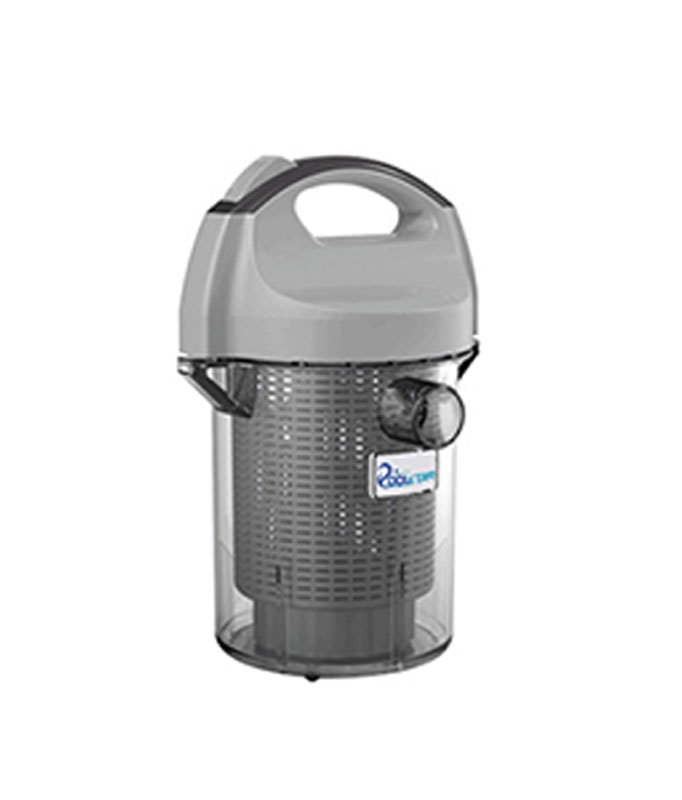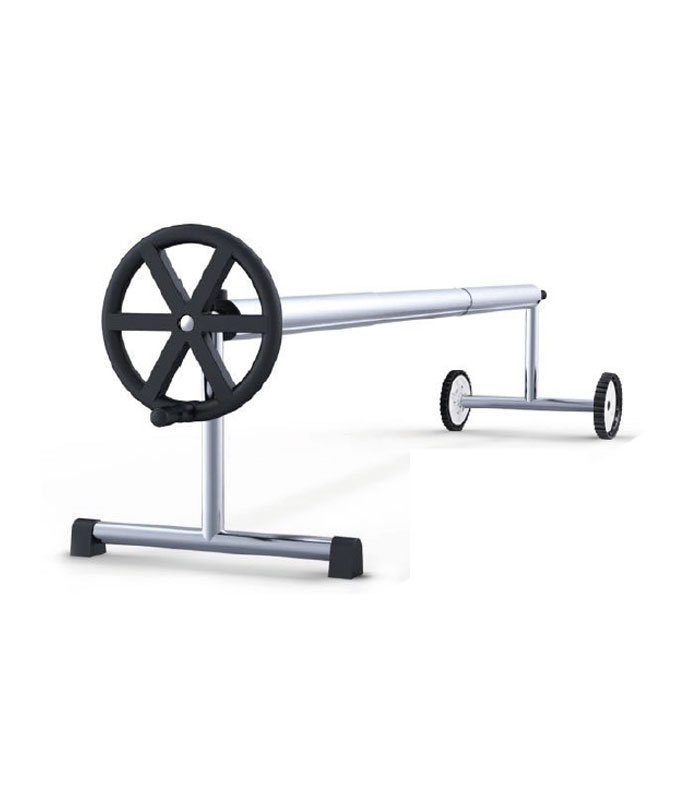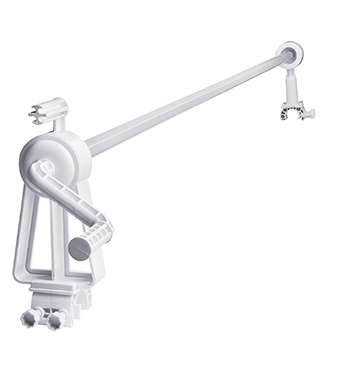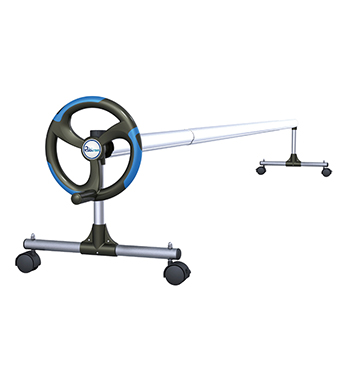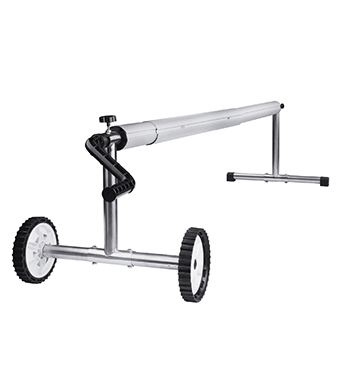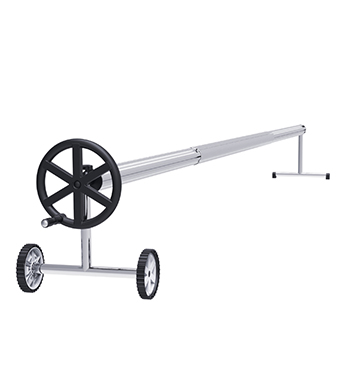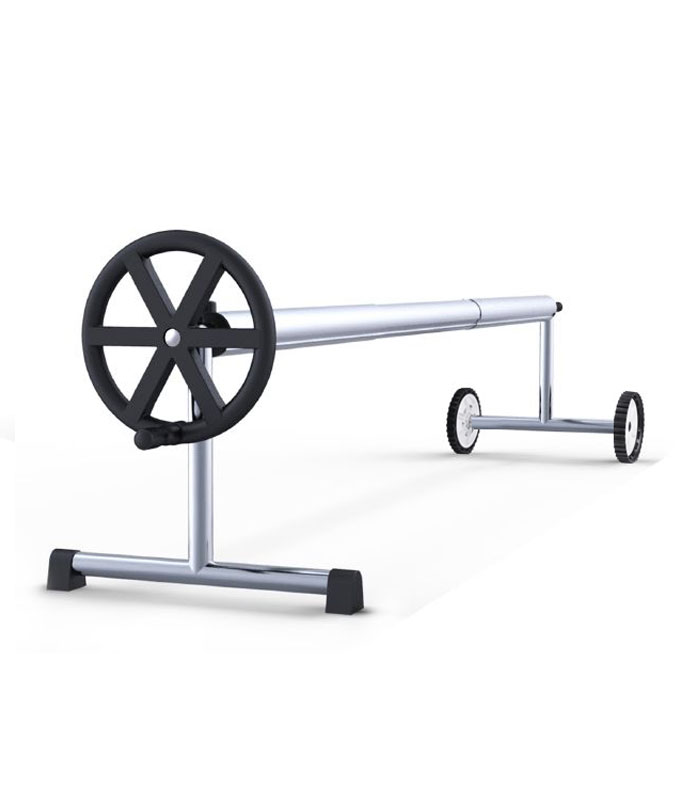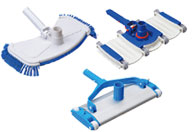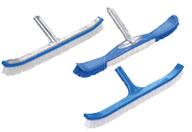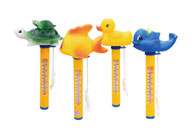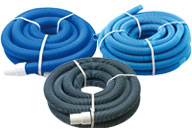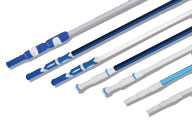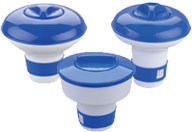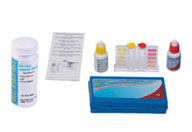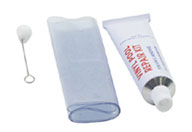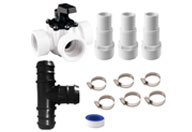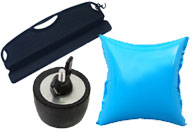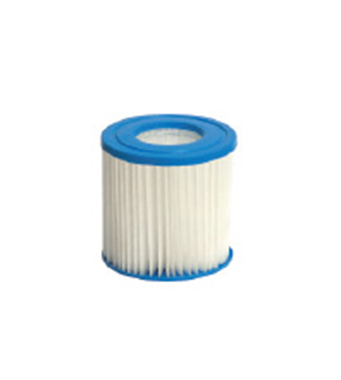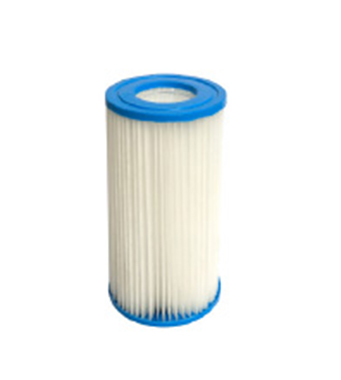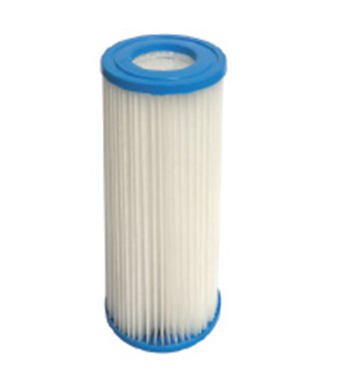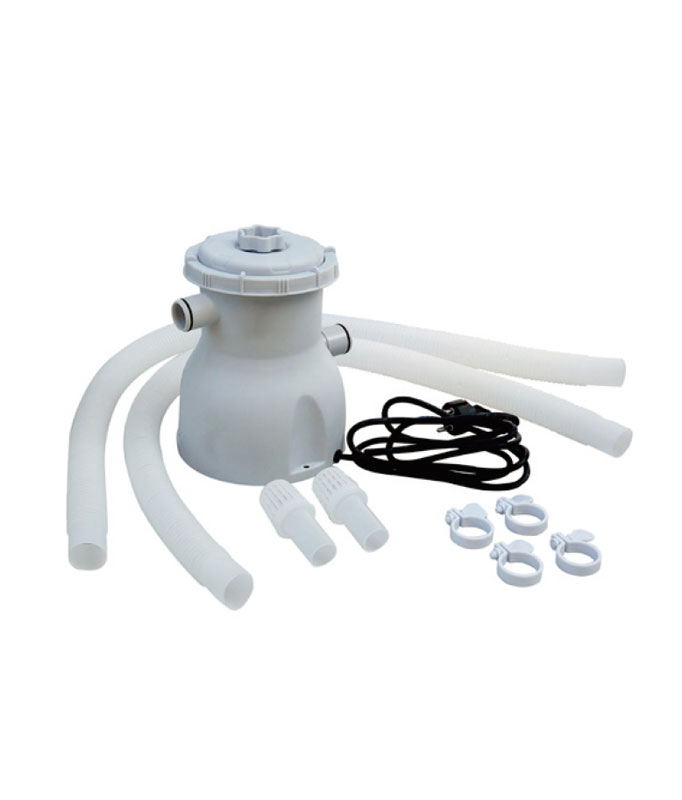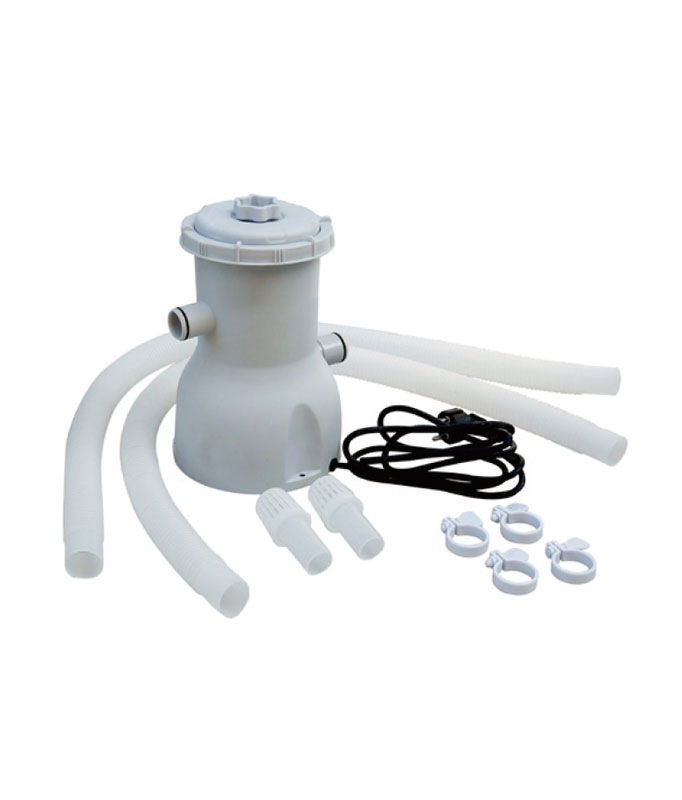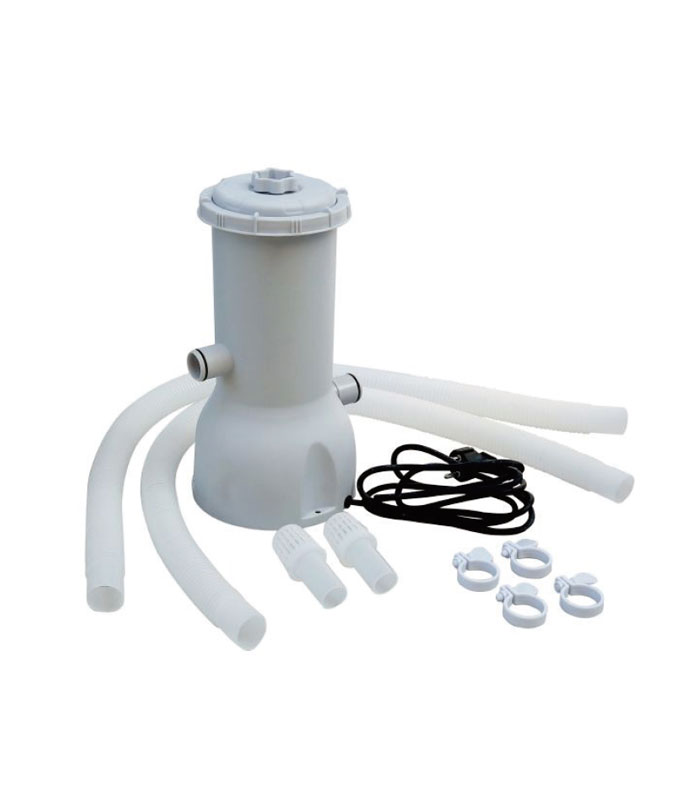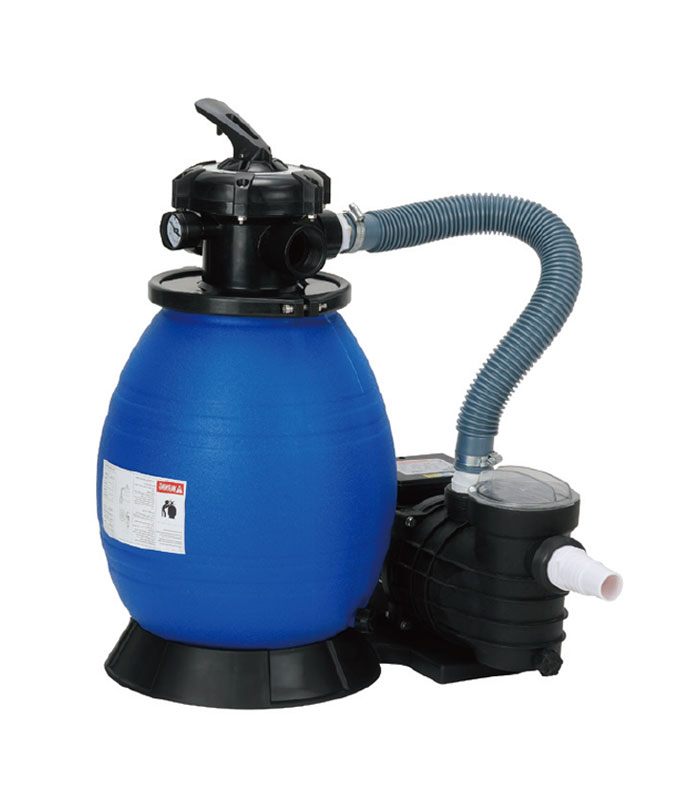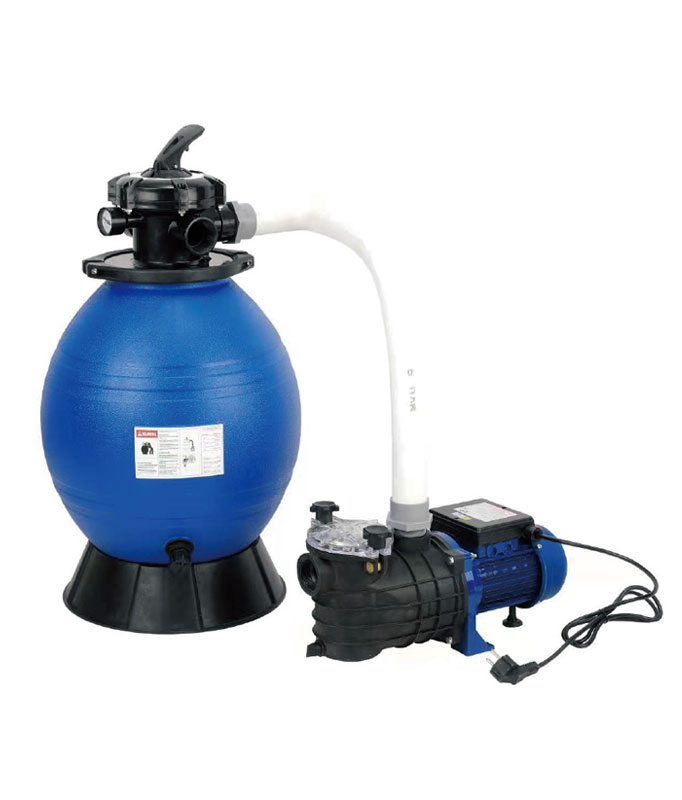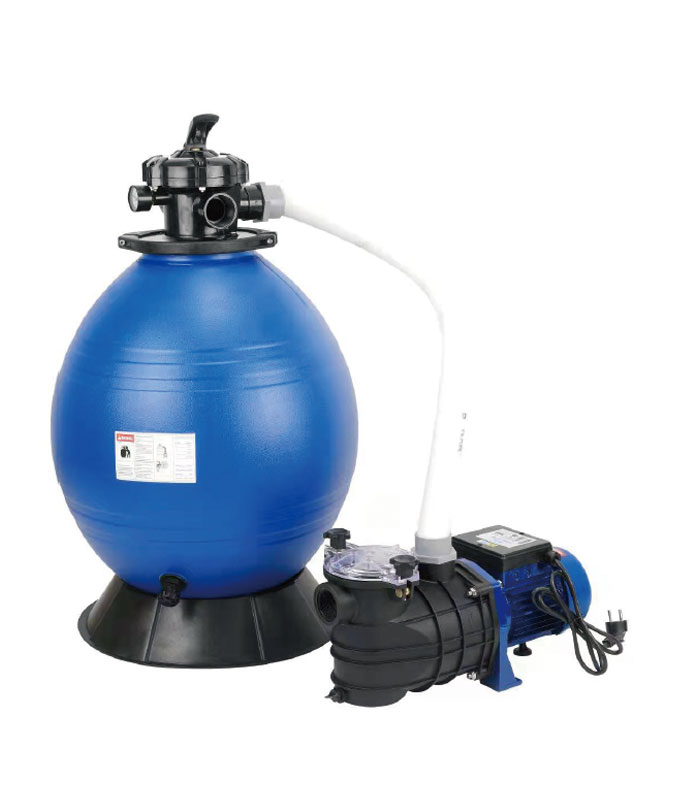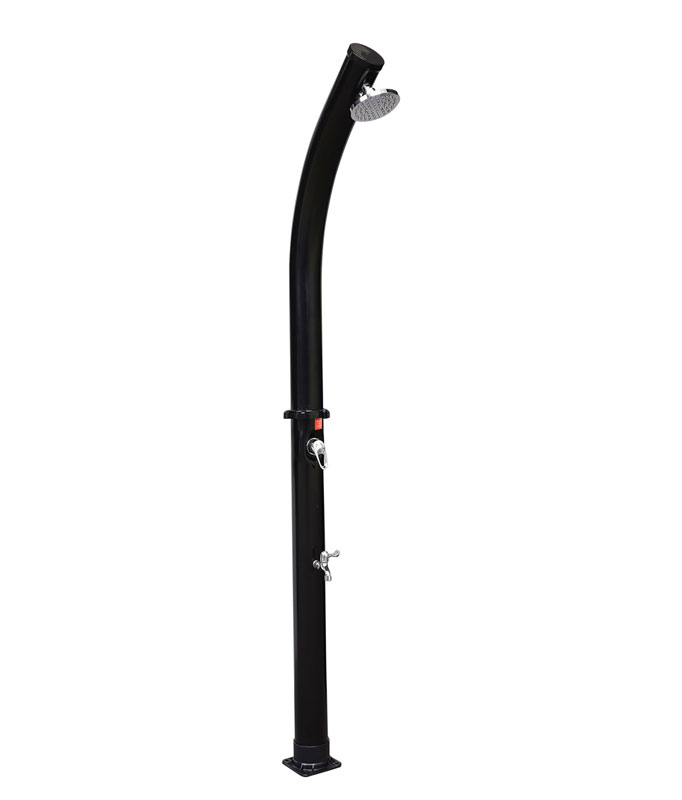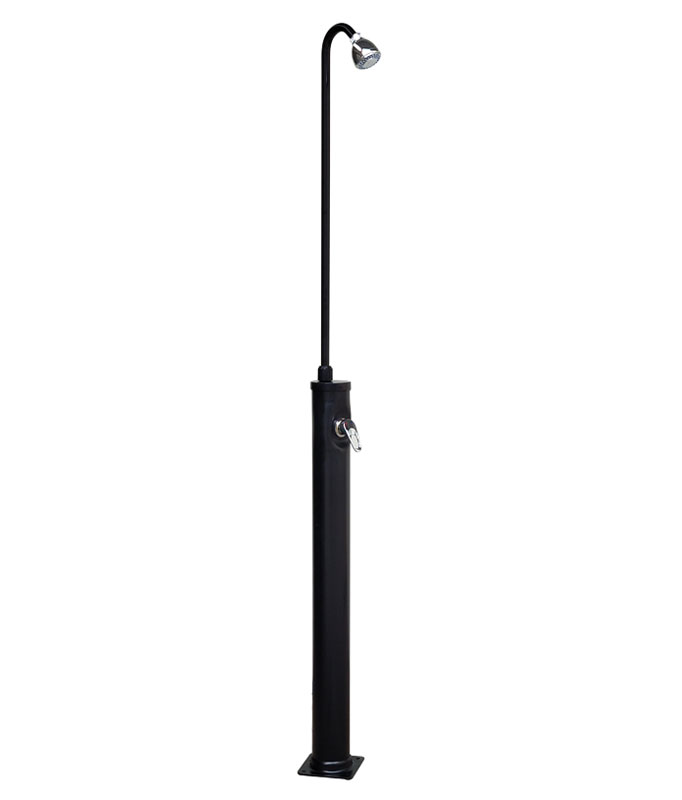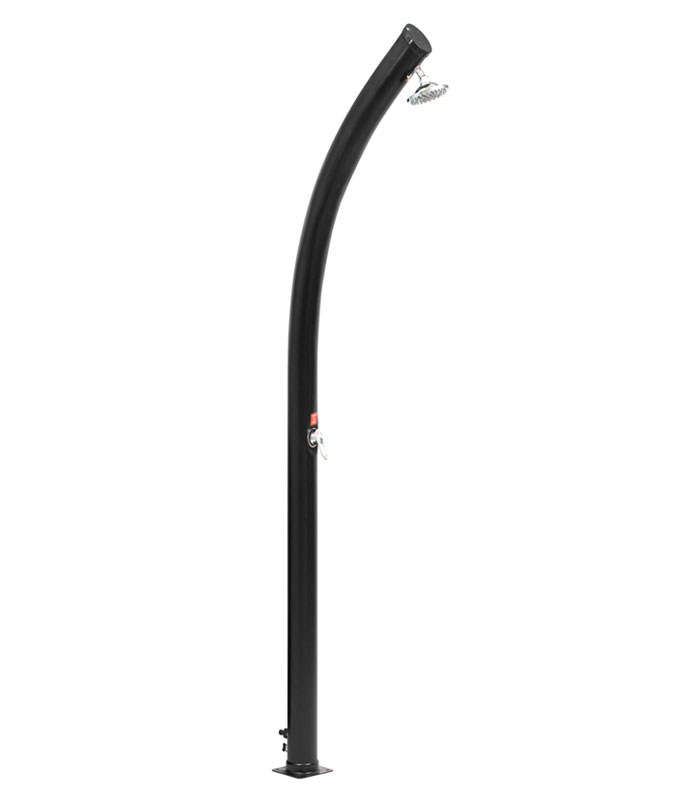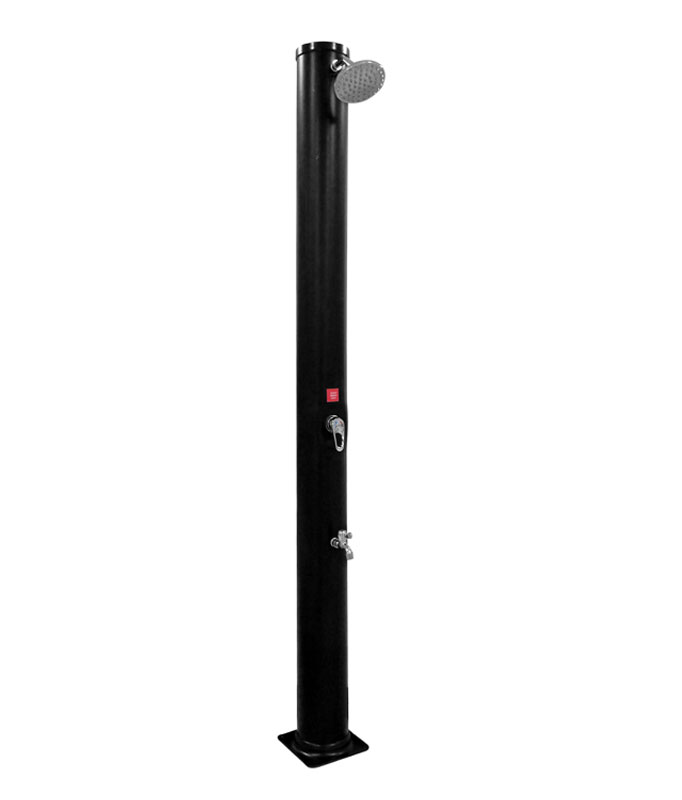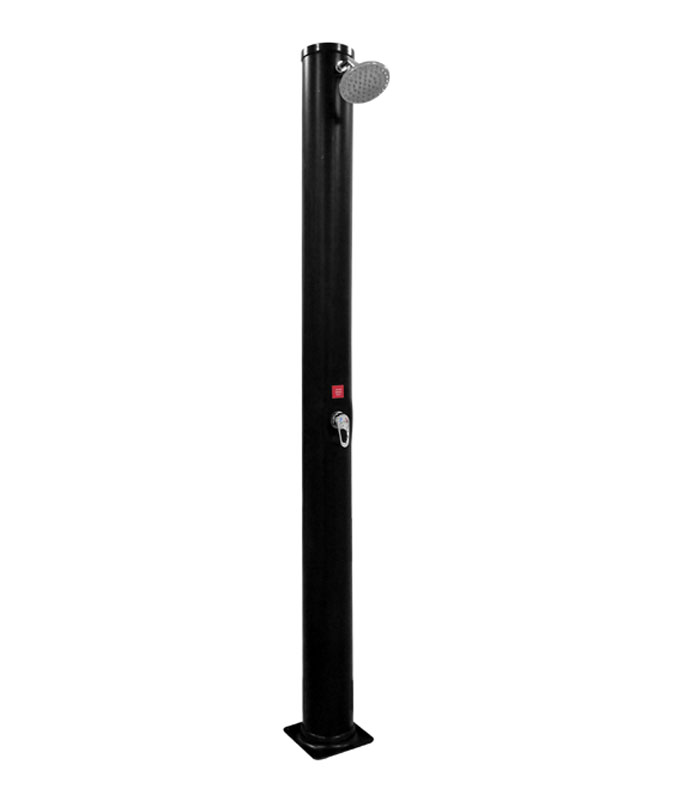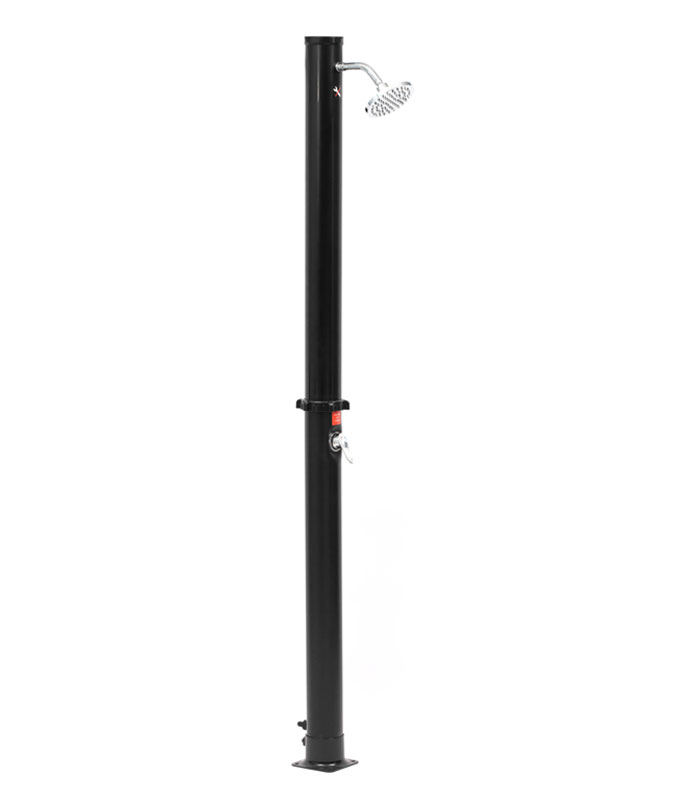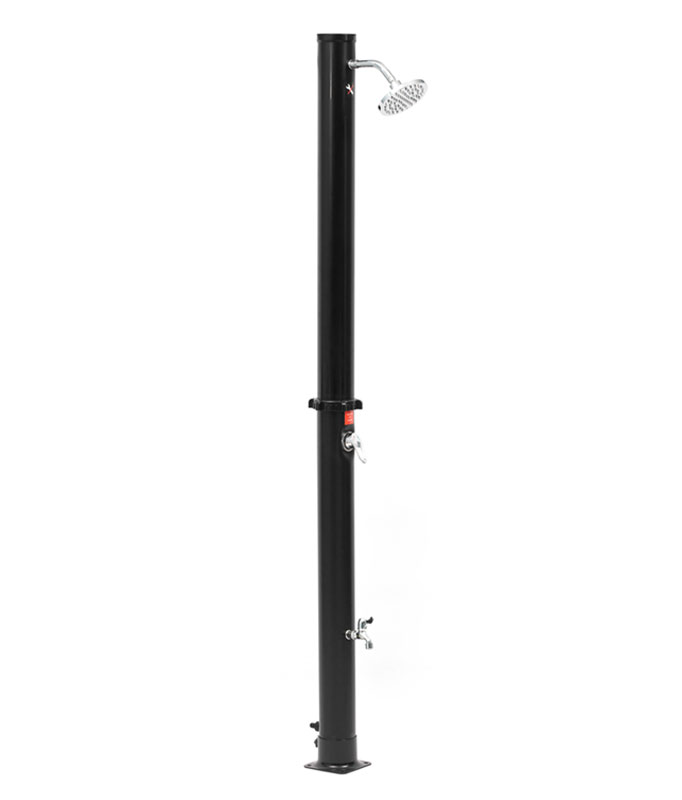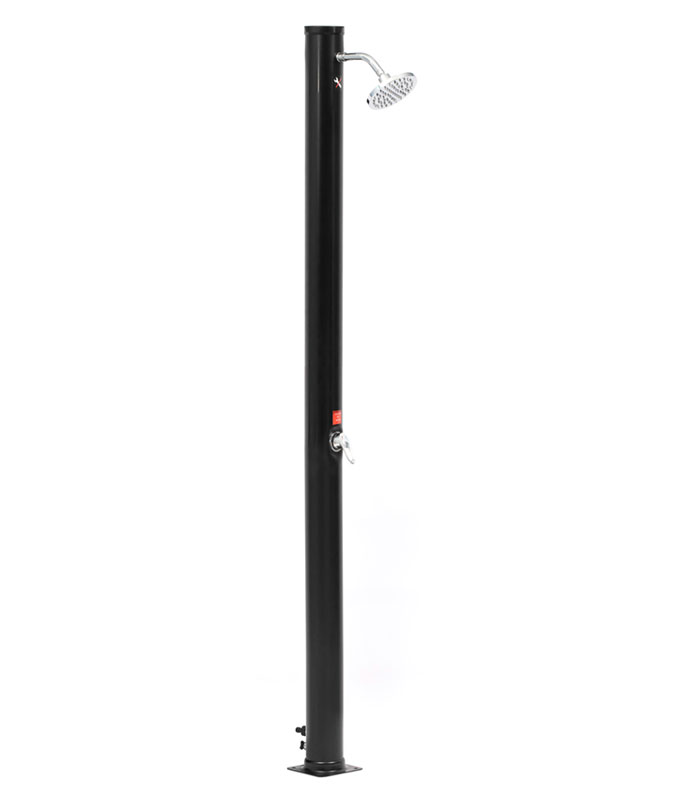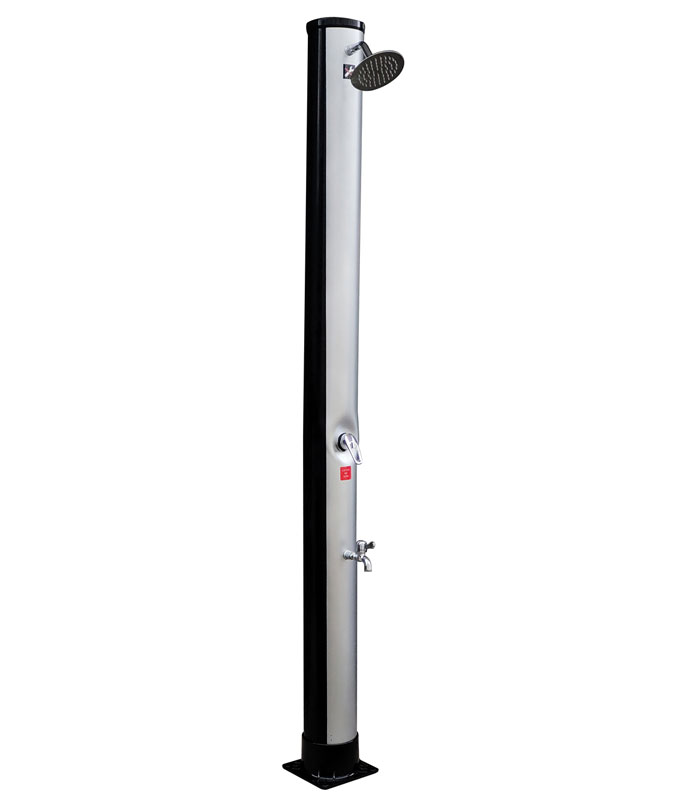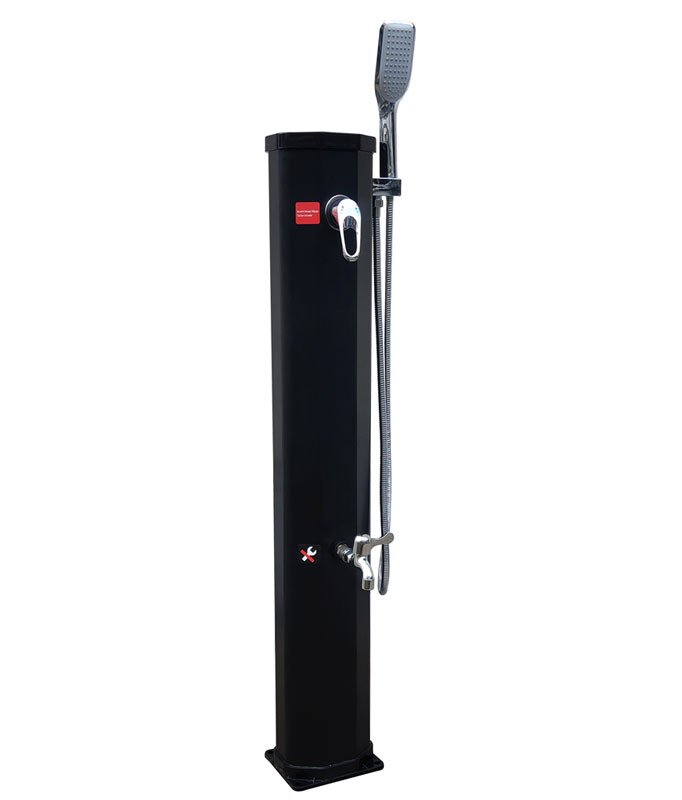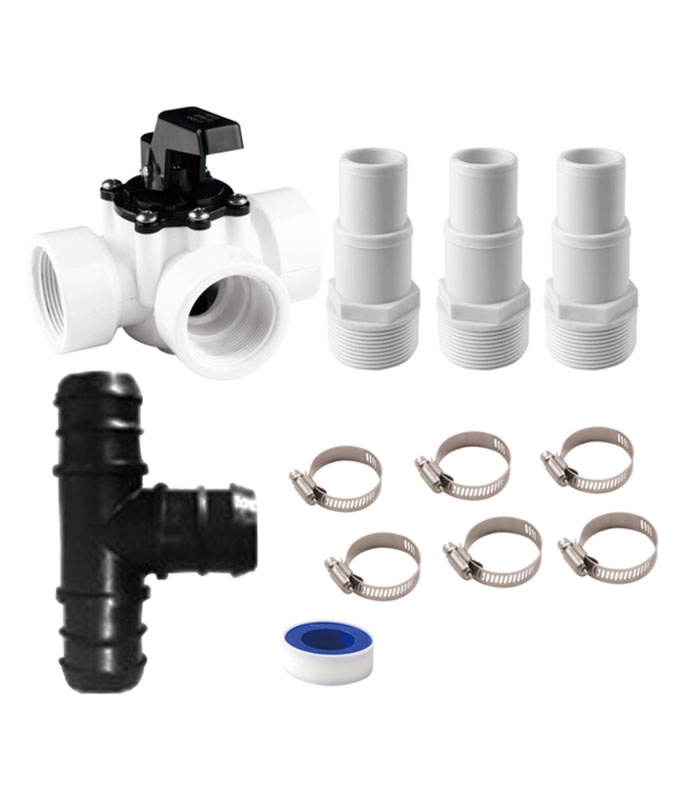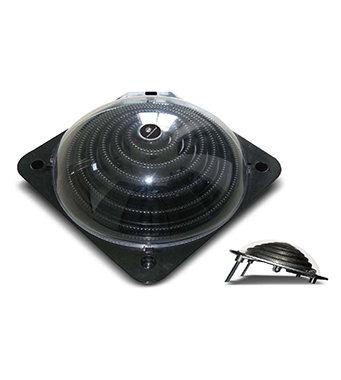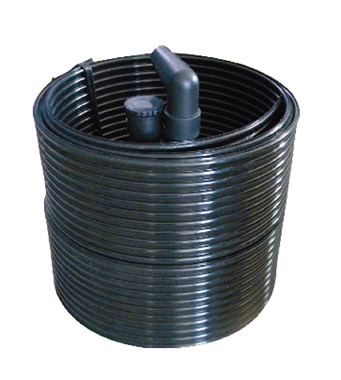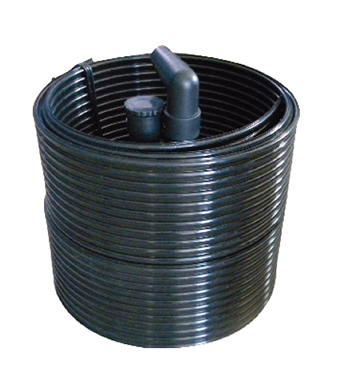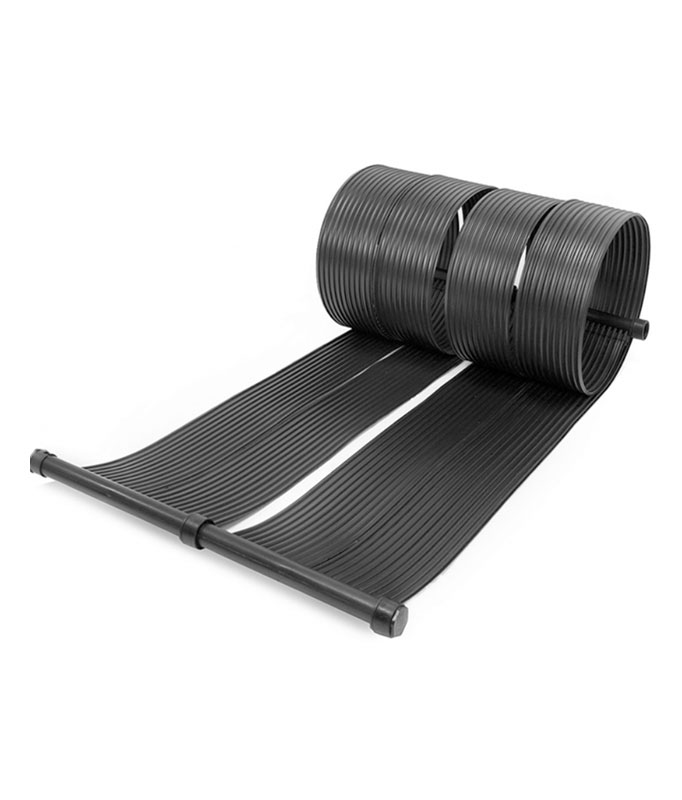Storing your gear properly when it’s not in use keeps it safe and ready for action. Neglecting seasonal storage can lead to rust, moisture damage, or even pests ruining your favorite equipment. A good seasonal storage guide: equipment sealing and moisture-proof treatment during off-season can make all the difference. Want to make your life easier? Check out tools like portable pool vacuum cleaners at https://www.cnpoolstar.com/category/portable-pool-vacuum-cleaner-2.html to keep your pool gear clean before storage. A little effort now saves you from costly repairs later.
Key Takeaways
- Wash your gear well before storing to stop rust or smells. Use gentle soap and make sure it’s fully dry.
- Cover your gear with waterproof materials like plastic wraps or vacuum bags to block rust and mold.
- Pick a cool, dry place to store your gear safely. Use shelves or pallets to keep it off the wet floor.
Clean and Maintain Your Equipment for Longevity
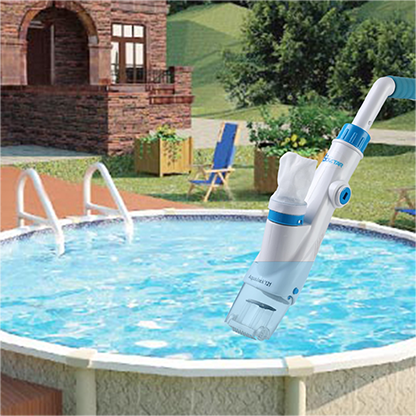
The Importance of Cleaning Before Storage
Before you store your gear, cleaning it thoroughly is a must. Dirt, grime, and moisture can cause long-term damage if left unchecked. For example, mud on outdoor tools can lead to rust, while sweat on sports equipment can create unpleasant odors. Cleaning ensures your gear stays in top shape and is ready to use when the season rolls around again.
Tip: Always check the manufacturer’s instructions for cleaning recommendations. Some materials need special care to avoid damage.
Start by wiping down surfaces with a damp cloth or sponge. For stubborn stains, use mild soap or a cleaning solution designed for the material. Don’t forget to dry everything completely to prevent mold or mildew. A little effort now can save you from costly repairs later.
Essential Tools and Supplies for Maintenance
Having the right tools and supplies makes maintenance a breeze. Here’s a quick checklist to get you started:
- Soft cloths and sponges: Perfect for wiping down surfaces without scratching them.
- Mild cleaning solutions: Great for removing dirt and grime without damaging materials.
- Lubricants: Use these on moving parts like hinges or wheels to keep them functioning smoothly.
- Protective sprays: These can add a moisture-proof layer to your gear, especially for metal items.
- Replacement parts: Keep extras like screws, bolts, or filters handy for quick fixes.
Note: Investing in quality supplies now can save you time and money in the long run.
Organize your tools in a small storage box or caddy. This way, you’ll always have what you need at your fingertips. Maintenance doesn’t have to be a chore when you’re prepared.
Inspecting and Replacing Worn Parts
Before storing your equipment, take a close look at all its parts. Worn or damaged components can worsen over time, especially during long periods of storage. Inspecting your gear now helps you avoid surprises when you need it most.
Here’s how to do it:
- Check for visible damage: Look for cracks, rust, or frayed edges.
- Test moving parts: Make sure everything moves smoothly without sticking or grinding.
- Replace worn parts: Swap out anything that looks like it’s on its last leg. For example, replace a cracked lawnmower blade or a torn bike seat.
Pro Tip: Keep a small notebook to jot down any repairs or replacements you’ve made. This helps you track your gear’s condition over time.
By taking these steps, you’re not just maintaining your equipment—you’re extending its lifespan. Plus, you’ll have peace of mind knowing your gear is in great shape when you need it.
Seasonal Storage Guide: Equipment Sealing and Moisture-Proof Treatment During Off-Season
How to Seal Equipment to Prevent Moisture Damage
Moisture is one of the biggest enemies of your gear during the off-season. It can lead to rust, mold, or even permanent damage. Sealing your equipment properly is the first step to keeping it safe. But how do you do it? Let’s break it down.
Start by choosing the right materials for sealing. Plastic covers, vacuum-sealed bags, or even heavy-duty garbage bags can work wonders. For smaller items, airtight containers are a great option. Before sealing, make sure everything is completely dry. Even a tiny bit of moisture can cause problems later.
For larger equipment like lawnmowers or grills, consider using specialized covers. These are designed to keep out moisture while allowing some airflow to prevent condensation. If you’re storing metal tools, applying a thin layer of oil or a rust-prevention spray can add an extra layer of protection.
Tip: Label your sealed items. This makes it easier to find what you need without opening everything up.
By sealing your equipment correctly, you’re giving it the best chance to survive the off-season in perfect condition.
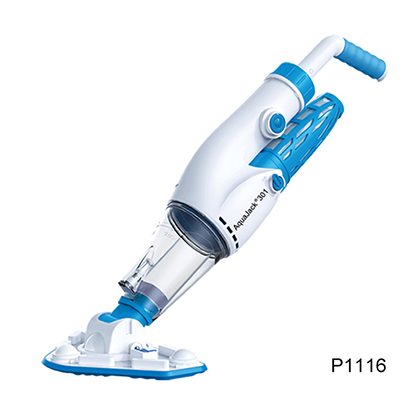
Choosing the Right Storage Location
Where you store your gear matters just as much as how you store it. The right location can make all the difference in protecting your equipment from damage. So, what should you look for?
First, pick a spot that’s dry and cool. Basements, garages, or storage sheds are popular choices, but not all of them are created equal. Avoid areas prone to flooding or extreme temperature changes. If you’re using a garage, keep your gear off the floor by placing it on shelves or pallets.
Lighting is another factor to consider. A well-lit space makes it easier to organize and inspect your items. If possible, choose a location with good ventilation. This helps prevent moisture buildup and keeps the air fresh.
Pro Tip: Use a dehumidifier in your storage area. It’s a simple way to control moisture levels and protect your gear.
By choosing the right storage location, you’re setting yourself up for success when the season rolls around again.
Protecting Against Pests and Environmental Factors
Pests can wreak havoc on your stored equipment. Mice, insects, and even birds can find their way into your storage space if you’re not careful. Luckily, a few simple steps can keep them out.
Start by sealing any gaps or cracks in your storage area. Use caulk or weatherstripping to close off entry points. For added protection, place traps or deterrents like mothballs or cedar blocks around your gear. If you’re storing fabric items, use vacuum-sealed bags to keep pests away.
Environmental factors like dust and sunlight can also cause damage. Cover your items with breathable fabric or tarps to shield them from dust. For electronics, avoid direct sunlight, as it can overheat and damage sensitive components.
Reminder: Check on your stored items periodically. A quick inspection can help you catch any issues before they become major problems.
By taking these precautions, you’re not just storing your gear—you’re safeguarding it from pests and the elements.
Tailored Storage Tips for Different Equipment Types
Outdoor Gear (e.g., lawnmowers, grills, patio furniture)
Outdoor gear often faces the harshest conditions, so storing it properly is essential. Start by cleaning each item thoroughly. For example, remove grease from grills and wipe down patio furniture to get rid of dirt. Once clean, make sure everything is completely dry to avoid rust or mold.
Cover your lawnmower and grill with weather-resistant covers. These keep moisture out while allowing airflow. For patio furniture, stack chairs and use a tarp to protect them from dust and pests. If you have cushions, store them indoors in vacuum-sealed bags to save space and keep them fresh.
Tip: Store outdoor gear in a shed or garage. If that’s not an option, elevate items off the ground to prevent water damage.
Sports and Fitness Equipment
Sports and fitness gear can wear out quickly if not stored correctly. Start by wiping down equipment like dumbbells, yoga mats, or helmets. Sweat and dirt can cause odors or even damage over time. For items like bicycles, lubricate the chain and check for any worn parts before storage.
Use wall hooks or racks to keep everything organized. This saves space and prevents items from getting scratched or tangled. For smaller items like balls or resistance bands, use labeled bins or baskets.
Pro Tip: Keep sports gear in a dry, cool area. Avoid storing it in direct sunlight, as this can weaken materials like rubber or plastic.
Electronics and Small Appliances
Electronics and small appliances need extra care during storage. Dust and moisture are their biggest enemies. Start by unplugging and cleaning each item. Use a soft cloth to remove dust and avoid using water near electrical components.
Store electronics in their original boxes if possible. If not, use padded containers to protect them from bumps. Keep cords organized with zip ties or twist ties. For small appliances like blenders or toasters, remove any detachable parts and store them separately.
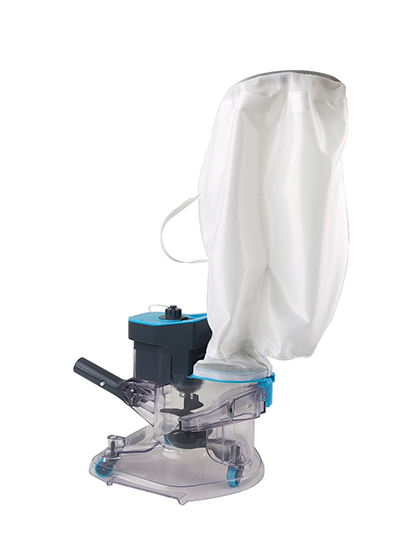
Reminder: Avoid storing electronics in areas with extreme temperatures. A climate-controlled space is ideal for keeping them in good condition.
Taking care of your gear now saves you time and money later. Cleaning, maintaining, and storing it properly keeps it in great shape for the next season.
Remember: A little effort today means no surprises when you need your equipment again.
Start small, follow these tips, and enjoy stress-free seasons ahead!
FAQ
How often should I check on my stored equipment?
You should inspect your stored gear every 1-2 months. This helps you catch issues like pests or moisture before they cause damage.
Tip: Set a reminder on your phone to stay consistent!
Can I store all my equipment in the same location?
Not always. Electronics need climate-controlled spaces, while outdoor gear can handle garages or sheds. Tailor storage spots based on the item’s material and sensitivity.
What’s the best way to prevent rust on metal tools?
Apply a thin layer of oil or rust-prevention spray before storage. This creates a protective barrier against moisture and keeps your tools in great shape.
Reminder: Always clean tools thoroughly before applying any protective coating.

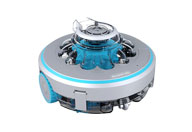 Robotic Pool Cleaner
Robotic Pool Cleaner 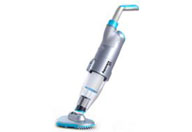 Portable Pool Vacuum Cleaner
Portable Pool Vacuum Cleaner 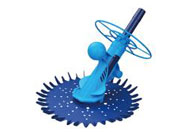 Automatic Pool Cleaner
Automatic Pool Cleaner 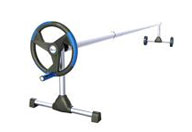 Pool Cover Reel
Pool Cover Reel 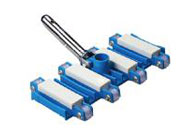 Pool Cleaning Accessories
Pool Cleaning Accessories 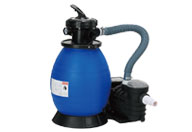 Pool Filter Pump
Pool Filter Pump 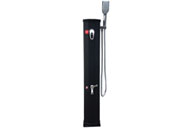 Pool Solar Shower
Pool Solar Shower 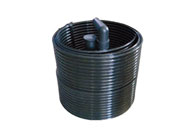 Pool Solar Collector
Pool Solar Collector 